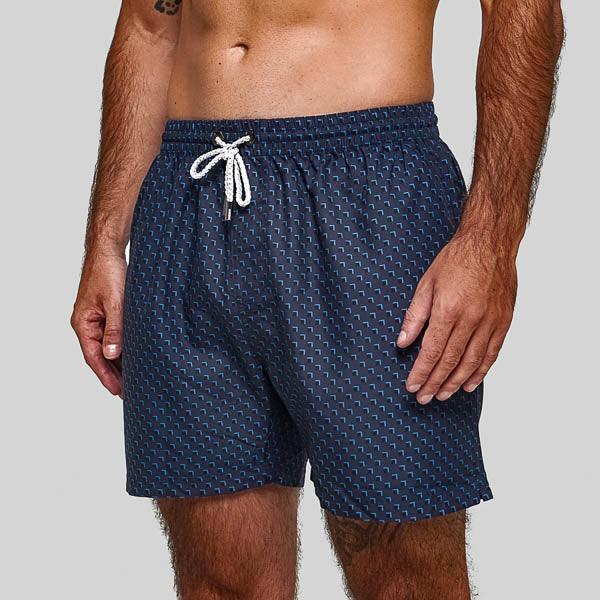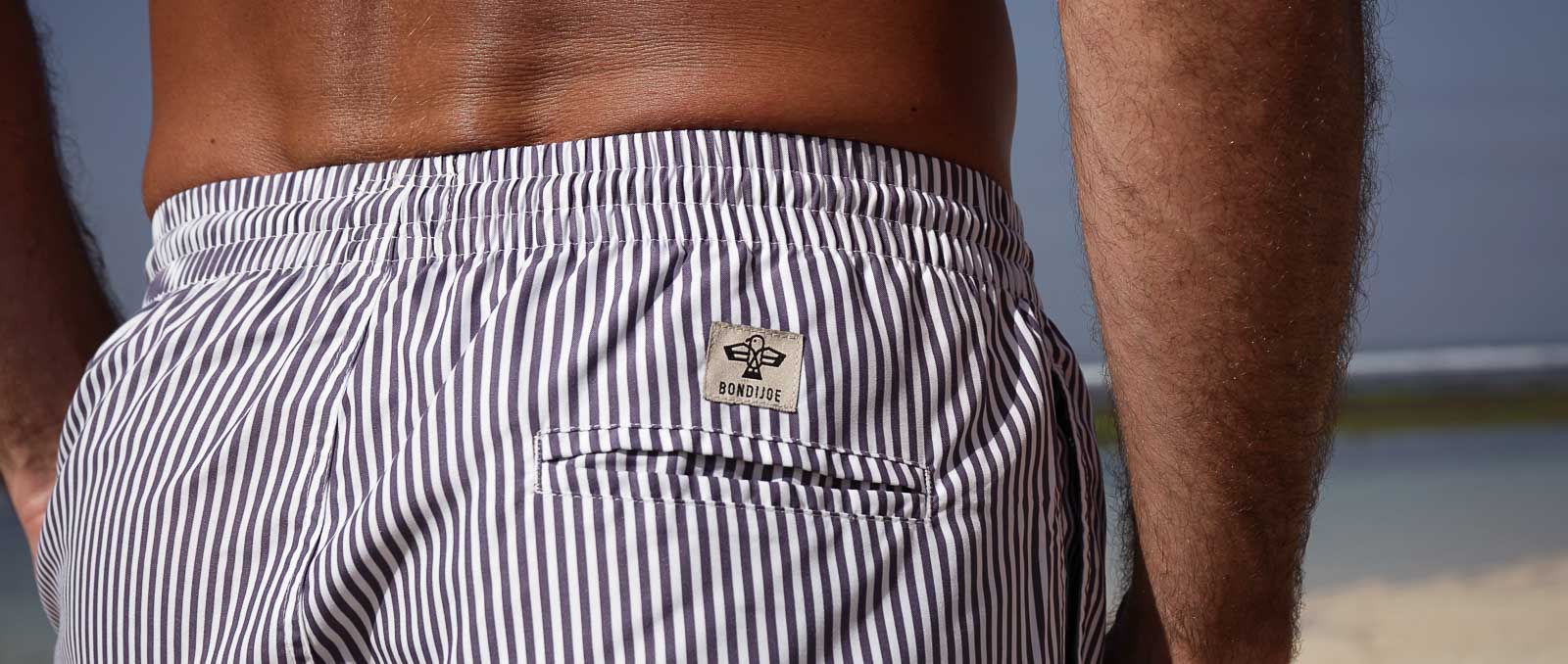Men's swimwear is designed to withstand harsh conditions like chlorine, saltwater, and sun exposure. However, improper washing and care can significantly reduce its lifespan, leading to faded colors, loss of elasticity, and overall wear and tear. This article will highlight the common mistakes to avoid when washing men's swimwear and provide tips on the best practices to maintain its quality and longevity.
Using Harsh Detergents
Mistake: Using Regular Laundry Detergent
Regular laundry detergents often contain harsh chemicals and fragrances that can damage the delicate fabrics of swimwear. These detergents can break down the fibers, causing the swimwear to lose its elasticity and color.
Solution: Use Mild Detergents
Opt for mild detergents specifically formulated for delicate fabrics. These detergents are gentler on swimwear materials, helping to preserve their integrity. Alternatively, you can use a small amount of mild soap or baby shampoo as a substitute.
Washing in Hot Water
Mistake: Washing Swimwear in Hot Water
Hot water can cause swimwear fabrics to shrink, lose elasticity, and fade in color. It accelerates the breakdown of synthetic fibers, making the swimwear less durable and more prone to damage.
Solution: Use Cold Water
Always wash your swimwear in cold water. Cold water is effective in removing chlorine, salt, and other residues without causing damage to the fabric. It helps maintain the swimwear's shape and color over time.
Neglecting to Rinse After Use
Mistake: Not Rinsing Swimwear Immediately After Use
Failing to rinse swimwear immediately after swimming can lead to the buildup of chlorine, salt, and other chemicals. These substances can degrade the fabric and cause unpleasant odors.
Solution: Rinse Immediately
Rinse your swimwear with fresh water as soon as possible after swimming. This helps to remove harmful chemicals and prevents them from settling into the fabric. A quick rinse also helps to wash away sand and other debris.
Machine Washing
Mistake: Washing Swimwear in the Washing Machine
The agitation and spin cycles of a washing machine can be too harsh for swimwear, leading to stretched fabric, broken elastic fibers, and overall damage.
Solution: Hand Wash
Hand washing is the best method for cleaning swimwear. Gently scrub the swimwear with mild detergent and cold water. Avoid wringing or twisting the fabric, as this can cause it to lose its shape.
Using a Dryer
Mistake: Drying Swimwear in a Dryer
The high heat of a dryer can severely damage swimwear fabrics, causing them to shrink, lose elasticity, and fade in color. It can also weaken the fibers, reducing the overall lifespan of the swimwear.
Solution: Air Dry
Lay your swimwear flat to dry in a shaded area. Avoid hanging it by the straps, as this can cause stretching. Ensure it is completely dry before storing to prevent mold and mildew growth.
Wrapping in a Towel
Mistake: Wrapping Swimwear in a Towel After Use
Wrapping wet swimwear in a towel and leaving it for extended periods can create a damp environment that encourages the growth of bacteria and mold.
Solution: Dry Separately
Instead of wrapping swimwear in a towel, place it in a breathable mesh bag or a separate compartment in your beach bag. This allows it to air out and start drying until you can properly rinse and wash it.
Ignoring Care Labels
Mistake: Ignoring the Care Instructions
Every piece of swimwear comes with care instructions that are designed to help maintain its quality. Ignoring these instructions can lead to improper washing and drying techniques that damage the fabric.
Solution: Follow the Care Labels
Always read and follow the care instructions provided by the manufacturer. These guidelines are specific to the fabric and construction of your swimwear, ensuring you take the best possible care of it.
Storing While Damp
Mistake: Storing Swimwear While It Is Still Damp
Storing damp swimwear can lead to the development of mildew and unpleasant odors. It can also cause the fabric to deteriorate more quickly.
Solution: Ensure Swimwear is Completely Dry
Make sure your swimwear is completely dry before storing it. Store it in a cool, dry place, preferably in a breathable bag or container to prevent moisture buildup.
Conclusion
Taking proper care of men's swimwear involves avoiding common washing mistakes that can lead to premature wear and tear. By using mild detergents, washing in cold water, rinsing immediately after use, hand washing, air drying, and following care labels, you can ensure that your swimwear remains in excellent condition for a longer period. These simple yet effective practices help maintain the quality, color, and elasticity of your swimwear, allowing you to enjoy your time in the water without worrying about damage. Check out our other guides to mens swimwear care and maintenance.
FAQs
-
What type of detergent should I use for washing swimwear? Use mild detergents specifically formulated for delicate fabrics or a small amount of mild soap or baby shampoo.
-
Is it safe to wash swimwear in the washing machine? No, hand washing is the best method for cleaning swimwear to prevent damage from the machine's agitation and spin cycles.
-
Why is it important to rinse swimwear immediately after use? Rinsing immediately helps remove chlorine, salt, and other chemicals that can degrade the fabric and cause unpleasant odors.
-
Can I dry my swimwear in a dryer? No, drying swimwear in a dryer can cause severe damage. Always lay swimwear flat to air dry in a shaded area.
-
What should I do if I can't wash my swimwear immediately after swimming? Place the swimwear in a breathable mesh bag or separate compartment to allow it to air out until you can properly rinse and wash it.
-
Why is it important to follow the care labels on swimwear? Care labels provide specific instructions to maintain the quality and longevity of the swimwear fabric and construction.



















